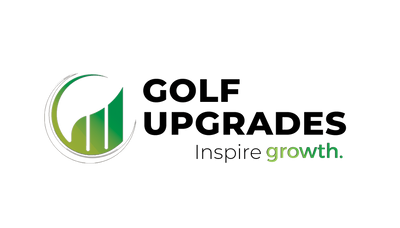- +Book Now
-
Lessons
-
Junior Programs
-
About Us
-
Resources
Join our free newsletter for golf tips, golf articles, and ways to improve your golf game 🍃
by Jacob Williams
With advanced features and technology, golf simulators provide a realistic and immersive golfing experience.
by Jacob Williams
Dimples are more than just a design choice—they’re a game-changer. Let’s explore how they work, why they matter, and how understanding their role can take your golf game to the next level.
by Jacob Williams 1 Comment
History is being rewritten on the fairways, sparking passionate debates and evoking a spectrum of emotions within the golfing community. Today, we delve into a groundbreaking shift that has everyone buzzing with opinions, from casual players to legends. Let’s tee off and explore the implications!

Jacob Williams
Author